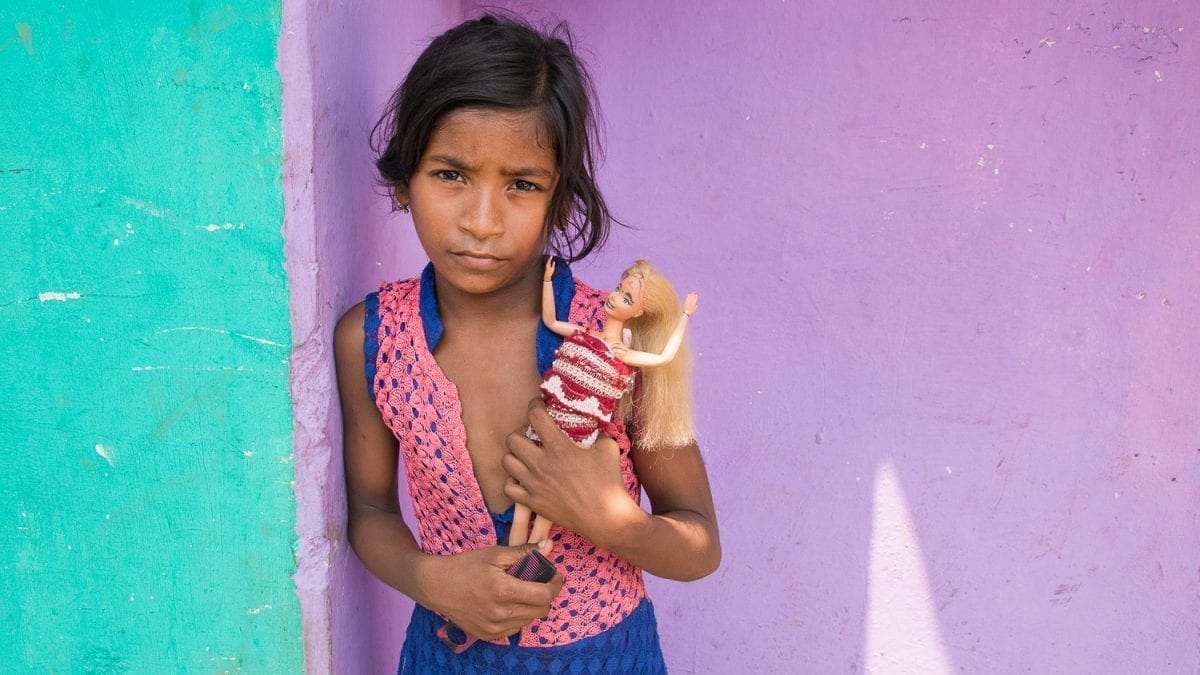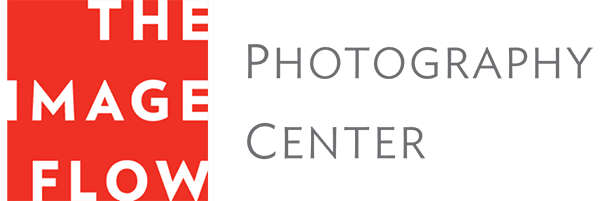

For me, street portrait photography is more than simply taking a headshot of someone on the street. It should have the spontaneity of urban photography while also capturing the essence of the person or the moment. My goal with these types of street shots is to have enough information in the photograph to give the viewer both a sense of place and a sense of personal identity.
A few important aspects to creating outstanding street portraits are getting intimate with your subject, showing their personality, their body language, and their relationship to the camera. In my quest for portraits, I am always looking for interesting faces and people with an unusual style or a story to tell. Keep in mind that there are truly no rules.
I find myself getting pretty close to people when I photograph them. Early on in my street portrait photography, I would often shoot with a normal or wide angle lens. Some things never change; on my last trip to Cuba, around 80% of my street portraits were shot with a 35mm lens. This allows the viewer of the photograph to feel a real connection with the subject, and at the same time, have a feeling for the environment.
Get in the habit of being ready to shoot before you walk out the door. Here are some quick street photography tips to get your gear ready for action.
I always shoot on Manual mode with the lens set to autofocus. I set my exposure to f/8 at a shutter speed of 1/ISO (in this case that would be 1/100 or 1/200). I do this because if I grab the camera quickly to shoot, I know that I will be within 2 stops of the correct exposure in almost any daylight situation. This makes it very easy to get close to the correct exposure.
Consider these rules: if you are shooting under bright sunlight, a setting of f/16 at a shutter speed of 1/ISO will result in an accurate exposure. If you find yourself shooting in shade or heavy overcast, try f/4 at 1/ISO. This way, if something happens so quickly that I cannot change the exposure, when I process my RAW file I should be able to retrieve the necessary information.
One of the best practices you can implement before heading out to capture street portrait photography is to scout out what the mood is like in the area where you want to shoot. I often spend some time checking out the neighborhood and looking to see where things are happening before when capturing the streets. One block may be busier, more interesting, or more offbeat than another. After getting a good sense of what’s happening where; start shooting.
Approaching strangers and asking if you can photograph them can be quite uncomfortable and intimidating when you first start out. Don’t let this become an obstacle in your street life photography or you’ll never find yourself shooting intimate street portraits. The worst thing that can happen is the person you want to photograph will say no, and you move on.
Although I’ve taken hundreds of street portraits, at times I still find myself hesitant to approach a subject. It does get easier with time, but there’s always a little bit of uneasiness. The best solution to getting over the anxiety of shooting strangers is to simply do it!
It’s best to be straightforward. If you are working on a specific project, walk right up to the person, strike up a conversation and develop a rapport. Break the ice with small talk. You will quickly get a reading on the person and know what your limits are. If the situation feels comfortable, then there is no reason to hesitate to ask if you can photograph them.
Many times, I start by simply asking if they mind if I take their picture. With some people, that’s all it takes. Others will ask why. Often I’ll tell them because they just have a great face! Once I get started, most people say yes. Be friendly and confident and you will get a positive response from most people.
If there is a language barrier to your subject, approaching them with a pleasant smile will get you started in your goal of creating street portrait photography. Look them in the eye, point to your camera and nod. Typically, they will either nod their head in approval or shake it in denial. This is quite universal.
Again, don’t be shy, the worst thing someone can say (or indicate) is no.
There are situations you may come upon like this one in Cuba; we found a body shop where there was a group of guys restoring old American cars. The cars were being stripped down to bare bones. All the windows, the entire interior, the engine, and drivetrain were removed. The bodies were being brought back to pristine condition.
Once there, I chose to do a portrait of the boss, Rico, to get a feel for the place. I wanted to shoot multiple angles and setups, and Rico was all for it. I shot these three portrait situations and a lot of images of the guys working. In the end, I had a series of photographs that helped tell the story of these Cubans and their work.
Be sure to compliment and thank the person who just agreed to be your subject. If there is a chance to get your subject a print, no matter how small or seemingly insignificant, take the opportunity to do so. Obtaining an email address from your subject and sending them a small file can also be a great way to show your gratitude for the time they took to help you.
In some special cases, especially in third world countries, I will offer to give my subject some money or other gifts. For instance, in Cuba and India, I bring little things with me from the States I know people need like pencils, crayons, and paper. Have fun with your subject. Laugh. Be kind. These small gestures go a long way!
Take a tip from the best street portrait photographers, and research your destination ahead of time. Don’t wait until you have arrived and risk committing a potential faux pas.
Are you visiting an area where the indigenous people may be reluctant to be photographed? Are there political tensions in the area? Will you need formal permission to even use a camera in the area? In many parts of the world, where communicating in the local language is more challenging, it is best to hire a local guide (a fixer) that can help you navigate the cultural differences. These guides can be a wonderful source of historical, political, and cultural information about the area you are visiting.
Check local calendars to determine if there are market days or festivals during your visit. These can be wonderful opportunities to take street portraits of ordinary people in their everyday lives. Mingling with people in these situations is generally easier as it is often a festive and casual environment.
Be a considerate guest in all situations where you would be considered an outsider. Observe the customs of the host culture, and do your best to blend in rather than stick out. This is key to excelling in street portrait photography.
Photo © Stuart Schwartz
For many people, dealing with unusual situations can be uncomfortable. When you travel outside of your comfort zone, you can be confronted with habits and situations that are strange and frustrating. The key to transcending these feelings is developing patience, curiosity, and open-mindedness. Enjoy these unusual moments of travel. They will never happen again!

